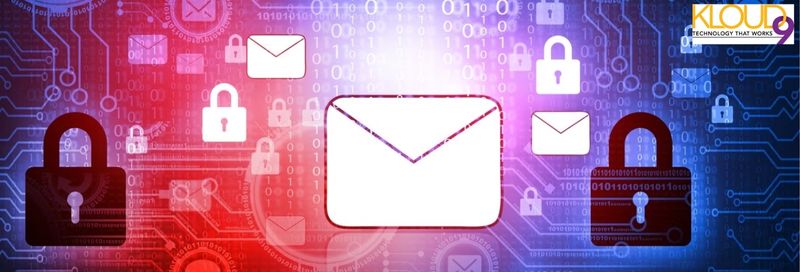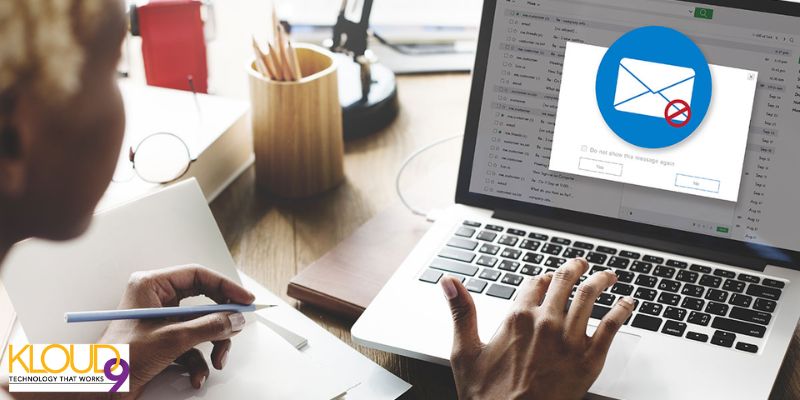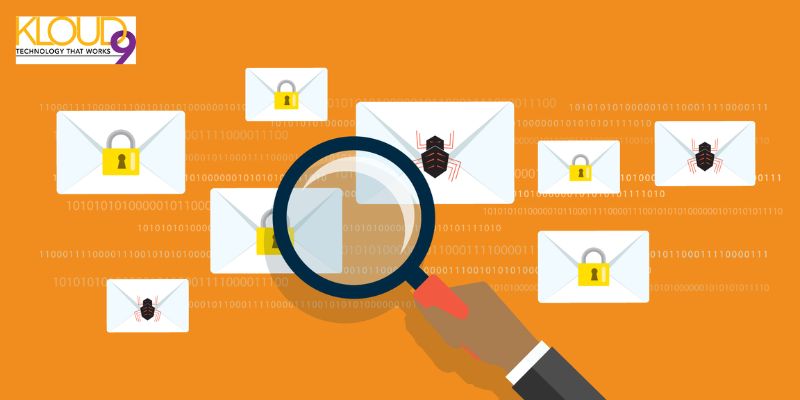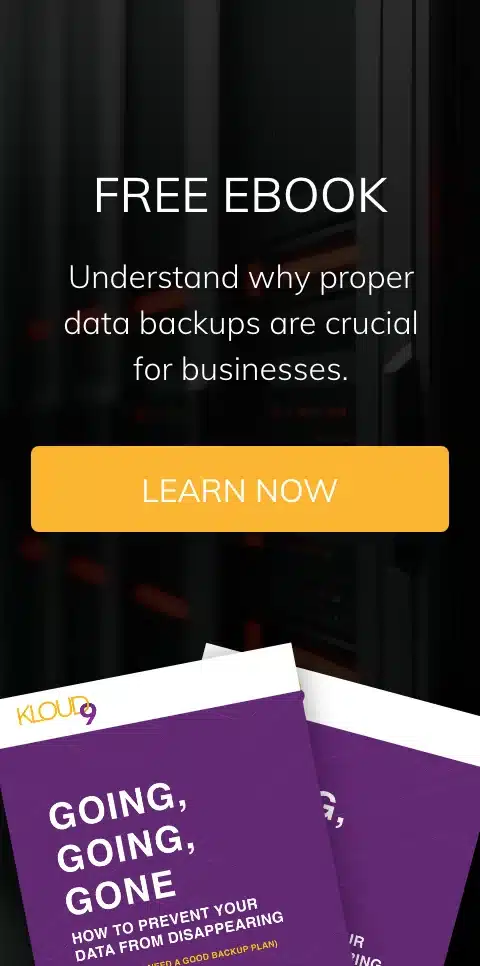Everyday, we send emails, and the number keeps going up. If you are an online user, you may have sent more emails than you can hardly remember within the last year, month, and week. For instance, using a rough estimate, you would have likely sent around 3,650 emails in an entire year if 10 emails went through successfully or were sent to you daily.
If you continued sending emails daily for many more years, you would have lost count of how many you sent. However, keeping accurate data or records of all your emails in the past few years is impossible, whether the messages were professional or personal.
Email privacy and security are critical because most of your messages are sensitive, and you do not have to store them in your inbox carelessly. Here are essential tips for improving your email security and privacy.
1. Adhere to Intentional Email Habits
There will be no need to give up your email account or delete all your messages. You can revert to using telegrams and carrier pigeons to send messages, and it will not matter. Anyway, you must think twice about your email usage.
Consider how your email can work in areas that are too sensitive, especially when emailing outside managed services. And what if they get exposed? The vulnerability should let you know that your email may not be completely safe.
One of the most integral parts of contemporary life is sending and receiving emails. You can believe it's just an email, which makes it easy to ignore the dangers you can encounter with poor email IT security and privacy strategies.
It may interest you that there is similar unguarded exposure in texting. It could be through MMS/SMS messages, through your mobile IT service provider, or by applying an end-to-end encrypted app. However, there are important rules you can follow to help you keep your data safe.
You can follow the rules as seen here when emailing:
Rule 1: There is no such thing as too perfect security
There is a standard practice that email providers now apply. They have implemented these essential practices to encrypt in-transit emails and save data in secured information centers.
Some top-notch businesses provide more advanced security measures than others, especially large-scale organizations. However, WiFi networks and email accounts can get hacked, so you cannot guarantee your email is secure.
Rule 2. Privacy and security are different things
Email security and privacy may seem alike because they are related but quite different. Email security shows how your account information is protected from unpermitted entries. On the other hand, email security indicates how your sensitive data is stored, shared, collected, and sent.
Taking an example from Google, it promotes the strength of Gmail's encrypted security and information center, but it is still criticized for having principles in its privacy setup. Until 2017, Google ascertained user email contents for individual ads.
Even after this is no longer practiced, the company still shares informative data with advertisers. It creates copies of emails to preside over smart features such as providing autocomplete proposals or including hotel or flight reservation details and sending them straight to your inbox.
Rule 3. You Can Take Steps to Put Yourself on the Safe Side
Emails use privacy and security technologies, so they will always pose concerns like every other digital communication technology. However, you can take steps to keep your data protected and safe from external factors.
2. Obtain Several Providers
While you must send or receive one, it is important to go through your privacy and IT security policies, which are available through multiple email providers. You can search them out as comparing other IT service providers is better. You may have come across one and used it for years without understanding how you have protected your data or how others have used your information.
Stay focused on IT security policies that allow you to take a break and ensure that you take yourself off of giving consent to things that are not as convenient as they should be. Also, base your research on looking for providers that have placed themselves as being privacy-focused, like Posteo, Fastmail, Mailfence, or ProtonMail.
3. Avoid sending personal information via email
As far as the information is personally identifiable information (PII), if you have not exercised good judgment, you should never send it out. PII you should not send casually includes medical records, social security numbers, ID cards, passport photographs, credit card numbers, driver's licenses, TSA precheck numbers, or Global Entry numbers.
However, some organizations can handle PII and keep your information safe. Such organizations include government agencies, hospitals, and banks. They get this information when they ask you to complete a form.
4. Think twice before writing or attaching anything to your email
Keep in mind that you can lose your email, or it can encounter a cyber attack and end up in the wrong hands. Usually, emails contain more content than SMS, which makes it possible for sensitive information to be found in the content. Therefore, before you send a message or attach a file, think twice about what you are about to do. The worst thing that can happen to you is your information being published in the news.
Conclusion
Despite their limitations, emails have revolutionized the way people communicate throughout the years. Knowing with whom you are sharing your information is the best method to manage your email and the contents you send or receive.
Even while you might not be able to control what happens to your sensitive data once it has been delivered, you can adopt crucial email practices to protect it as quietly and securely as you can. By developing deliberate email habits, double-checking emails before sending them, exercising caution with personally identifying information, evaluating several providers, and other practices, you may decide how safe and secure your email is.





You must be logged in to post a comment.